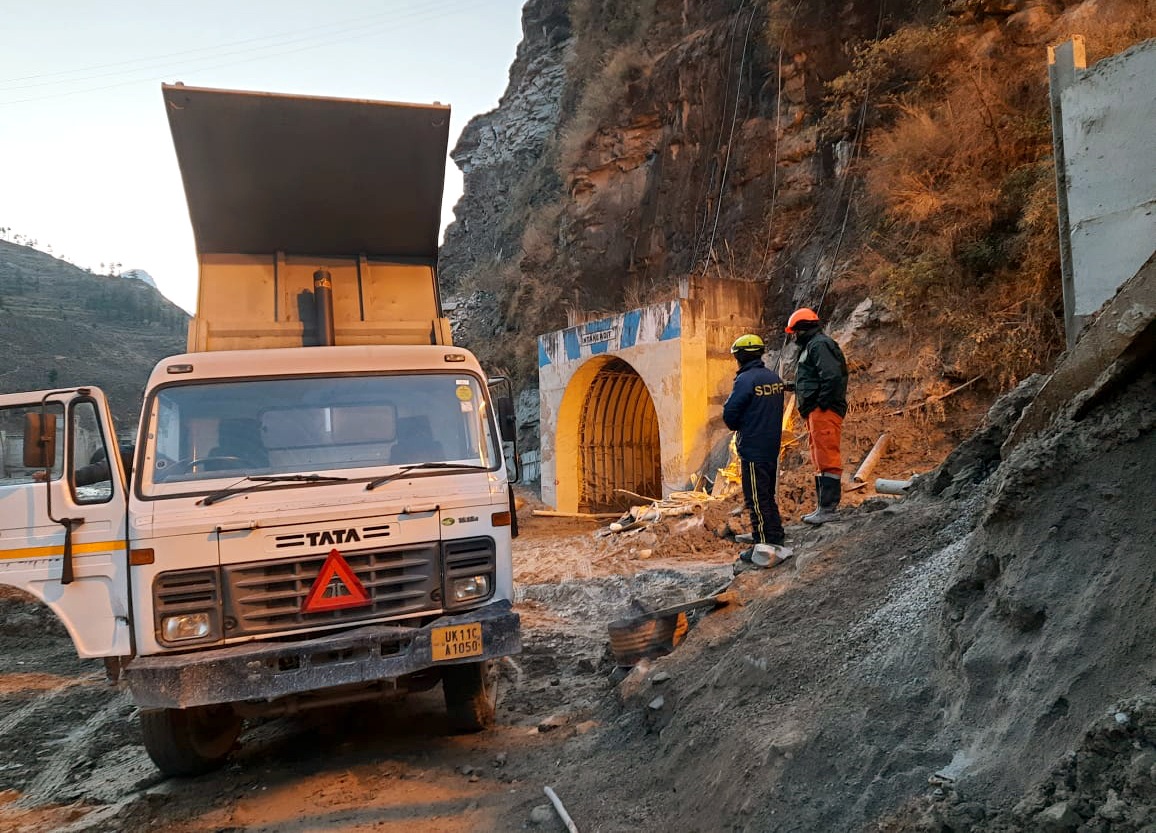After the avalanche and flash flood in Chamoli district of Uttarakhand, which left a trail of death and destruction behind, environmental activists said that it was a man-made disaster and to prevent similar calamities from taking place, government should implement development projects in a scientific manner. Activists told The Sunday Guardian that environmental assessments should be done before the implementation of development projects in ecologically sensitive areas.
Vimlendu Jha, an environmentalist, told The Sunday Guardian, “Several scientists have said that because of the glacier receding, a lake was formed and the sudden landslide caused the breach. Fortunately, it was a small lake because of which the damage has not been as bad as compared to the 2013 Kedarnath flood.”
Stating that climate change is one of the reasons for such floods, Jha said, “Due to climate change and because of the tunneling taking place in the Himalayas, mountain ranges are being left vulnerable and shaken, because of which disasters take place.”
Manoj Misra, an environmentalist and convener of Yamuna Jiye Abhiyaan, told The Sunday Guardian, “These incidents can now no longer be avoided with climate change setting in with increasing vigour. What can be done is preparedness to deal with them in time.”
A Supreme Court-appointed expert committee headed by Ravi Chopra had alleged last year violations of the court orders in the execution of the Chardham road project to connect the pilgrim spots in Uttarakhand. The project is a 900 km long road, which is being constructed at a cost of Rs 12,000 crore. The 900-km stretch project had been broken into 53 contracted road projects.
On this, Jha said, “This was envisaged in order to escape from the requirement of environment assessment report before the start of the project.”
Jha added, “This is not the first incident in Uttarakhand. Several landslides happened in the past. We are testing the ecological threshold of the mountains. It is a very ecologically vulnerable area and many studies have said that the kind
He further told The Sunday Guardian, “An avalanche or cloud burst may be natural, but the impact of this disaster is local and man-made. Around 50,000 trees have been felled under the Chardham project. The broadening of roads means the mountains have been vertically sliced. Despite having known about the history of landslides, the government has not conducted any environmental assessment before implementing such projects.”
Stating that the damage is man-made, Jha told The Sunday Guardian, “The glacier receding is a sign of climate change. And the hydropower plant and construction of highways is made by men of the world. The mountains do not have the capacity to carry such projects. We are not talking about an earthquake situation. In fact, we are talking about a small breach on the top of the mountain.”
Jha said that there is a reason why every project needs to be looked through an environmental lens. There is a need for an environmental assessment report before going forward with the developmental project in ecologically vulnerable areas, he told The Sunday Guardian.
Misra said, “There is a need of thorough glacier and landslide zone mapping of the Himalayas and with identification of vulnerable spots, all man-made interventions like dams/barrages etc must be removed.”
‘Green report a must before development projects in Himalayas’
इस शब्द का अर्थ जानिये
- Advertisement -

